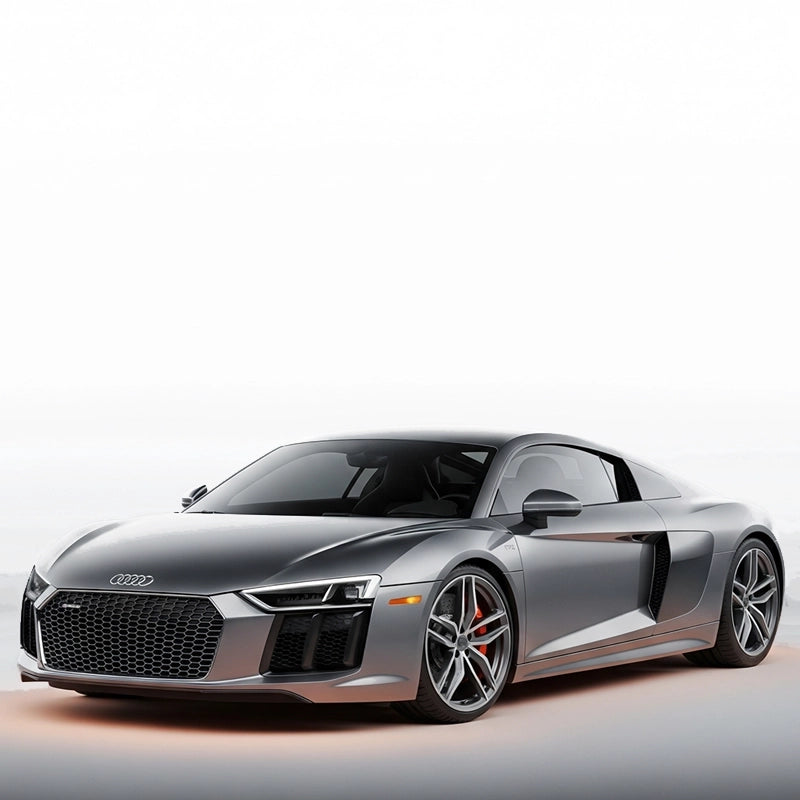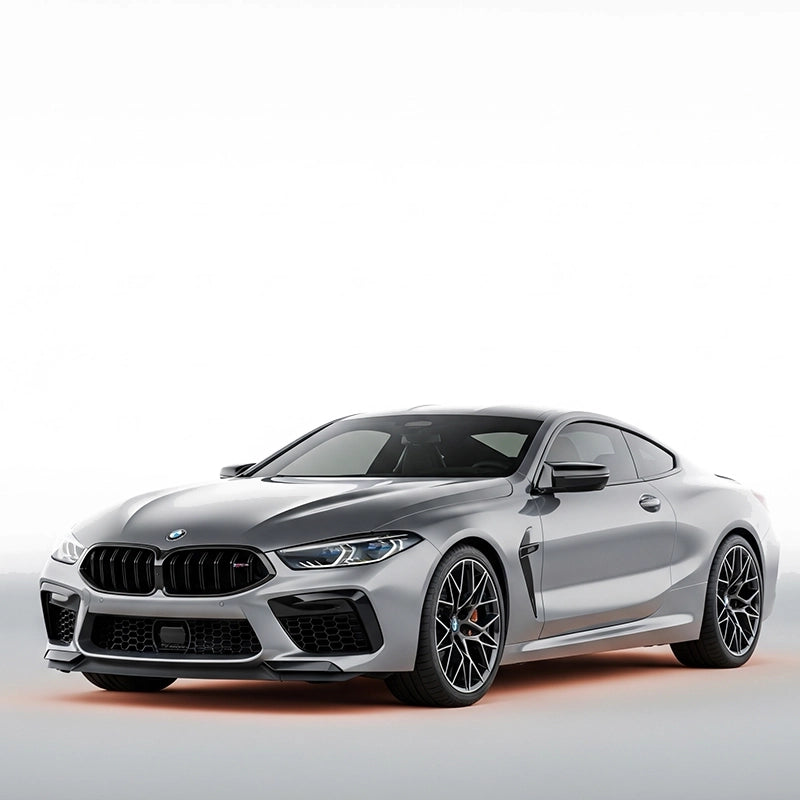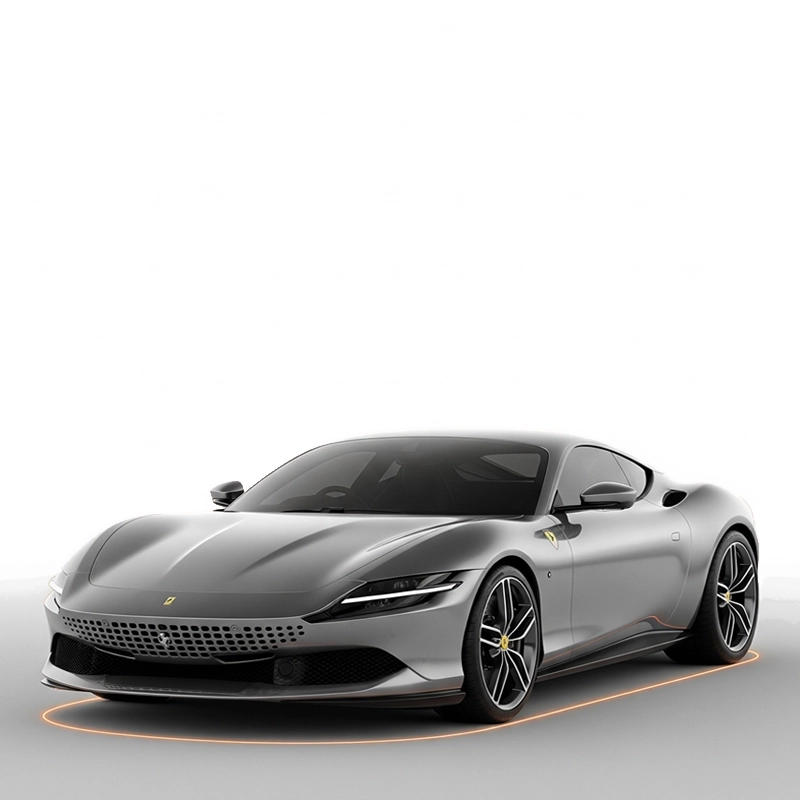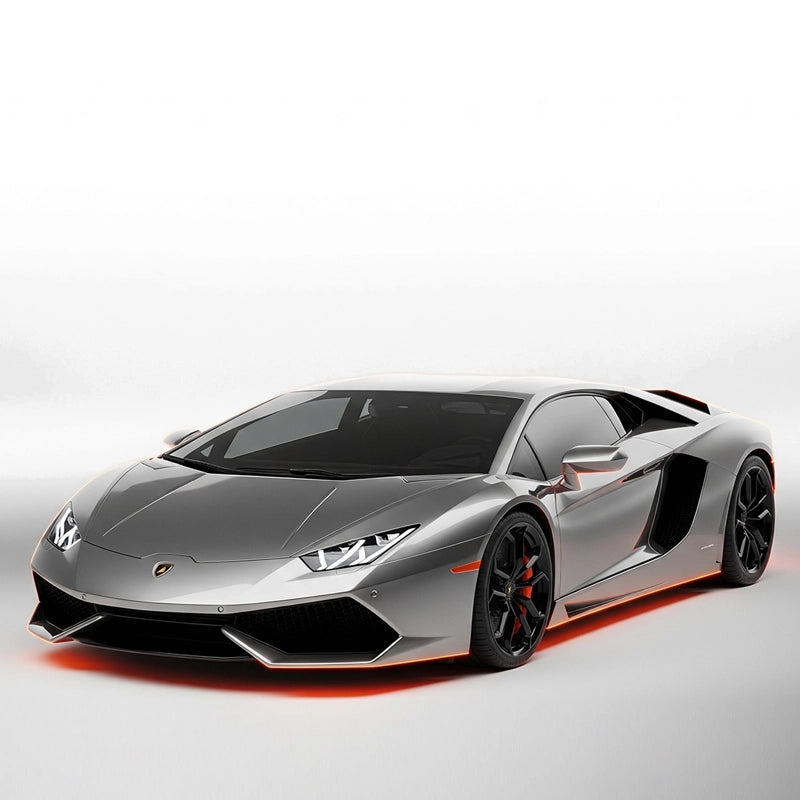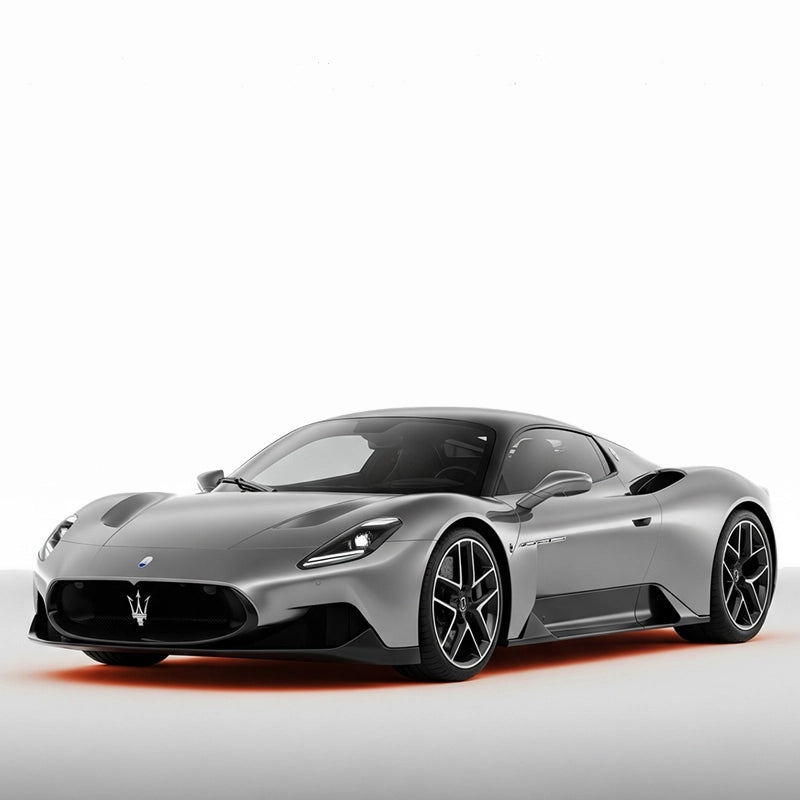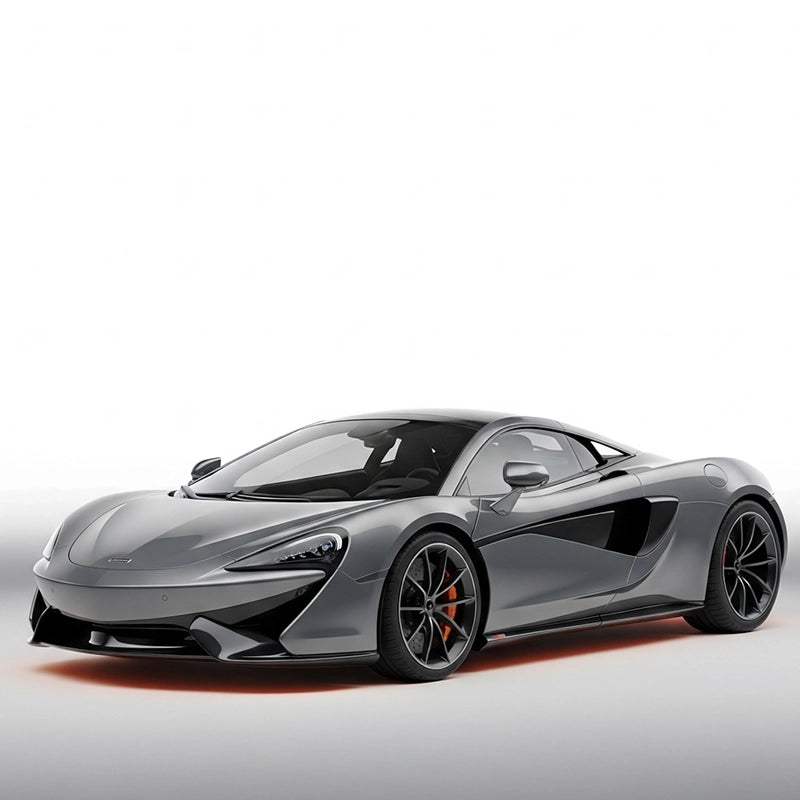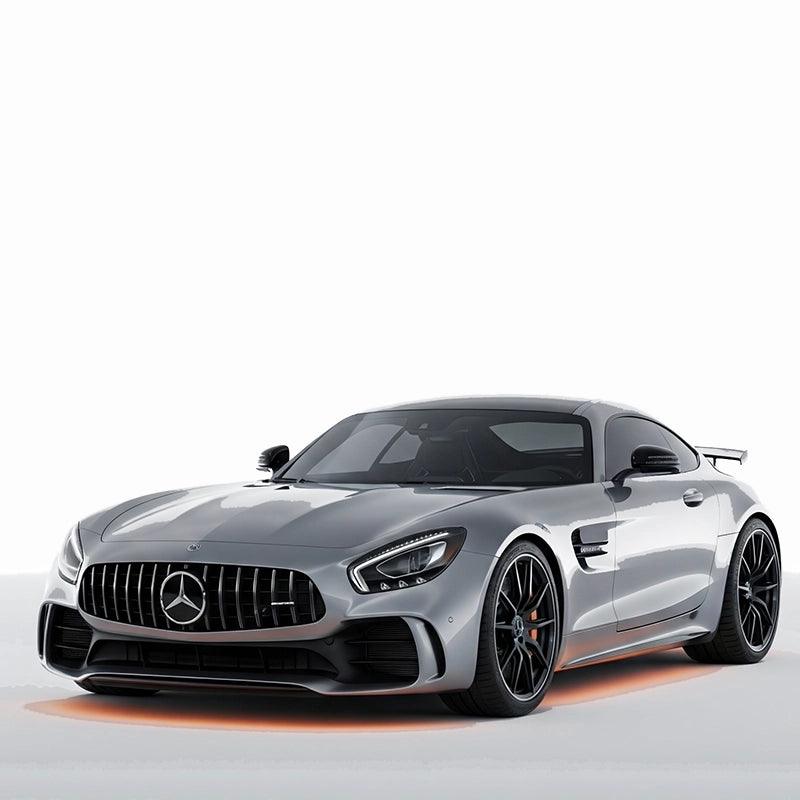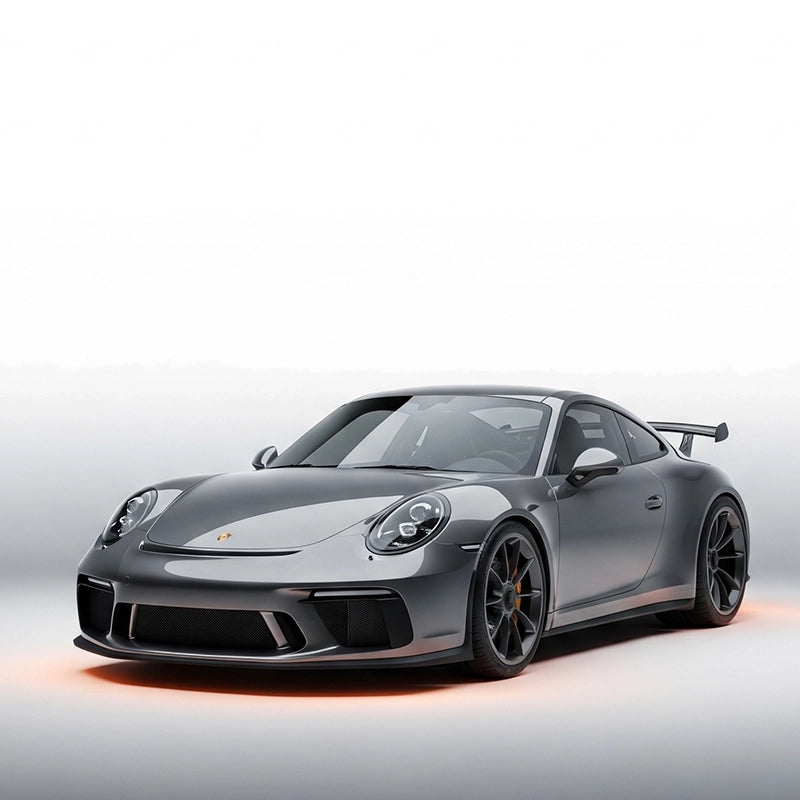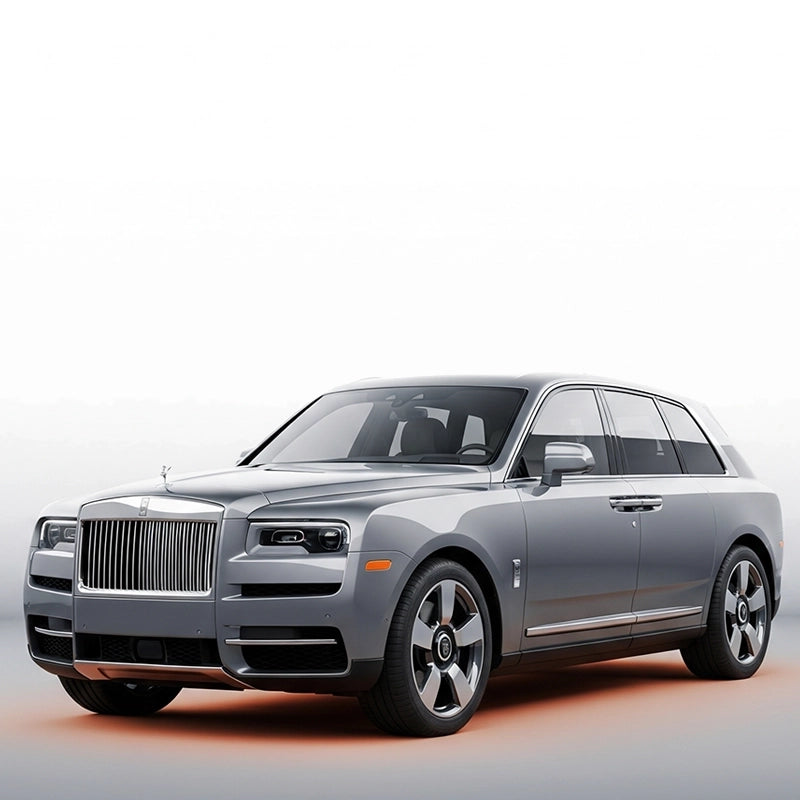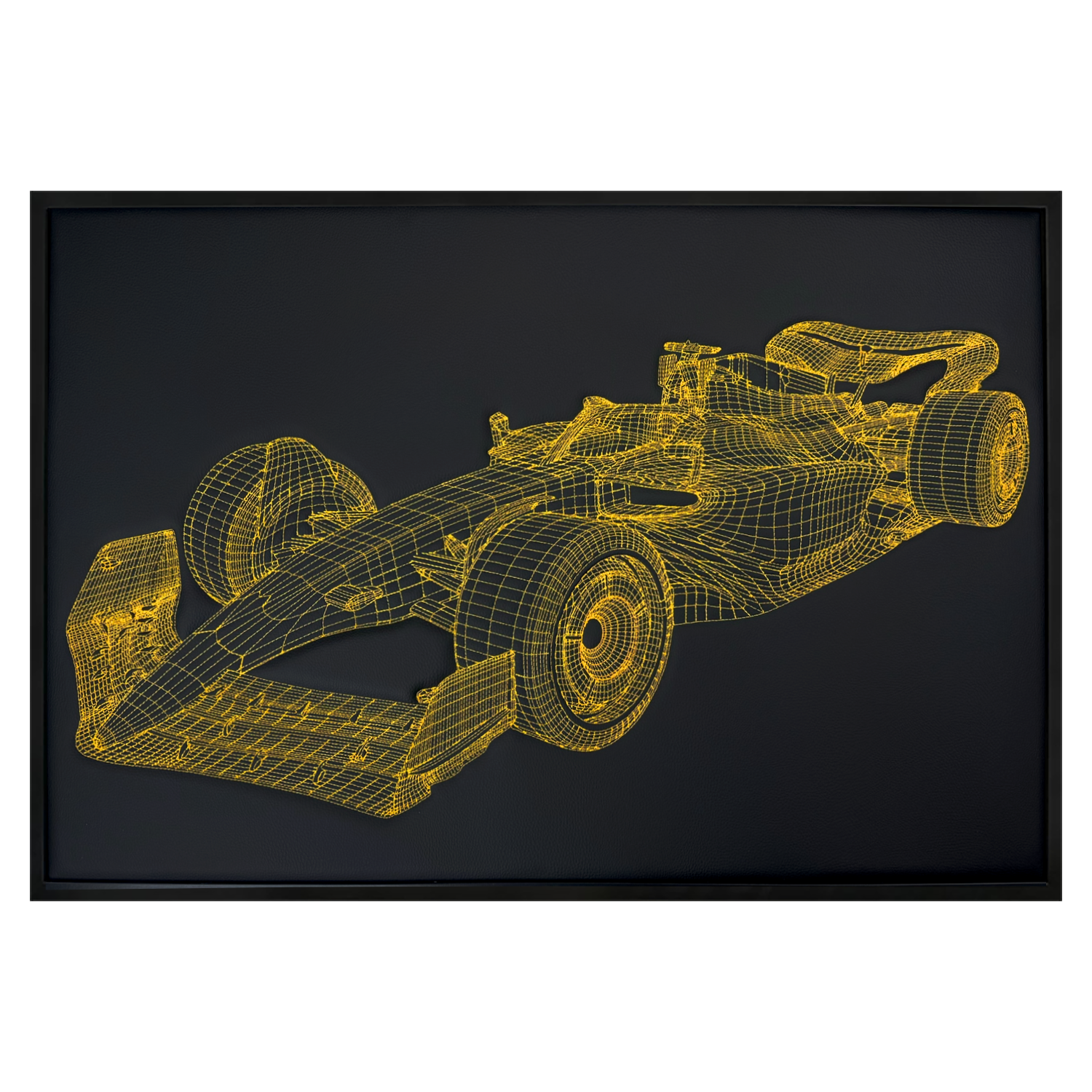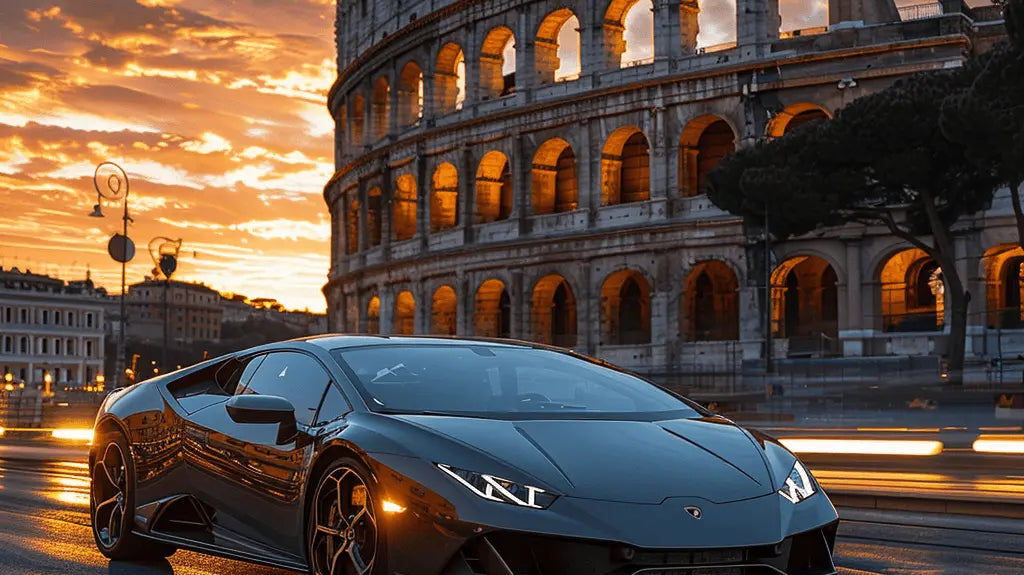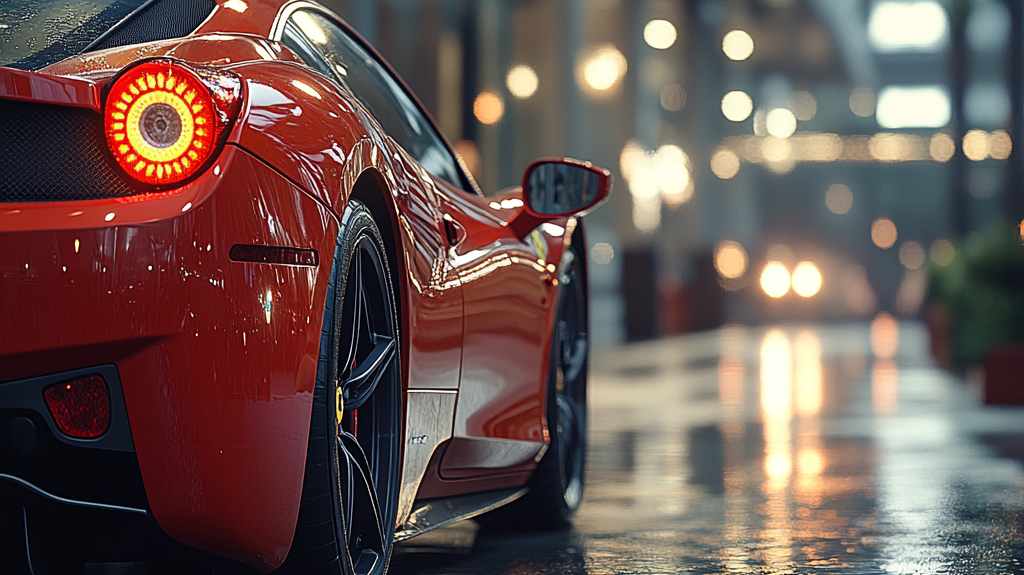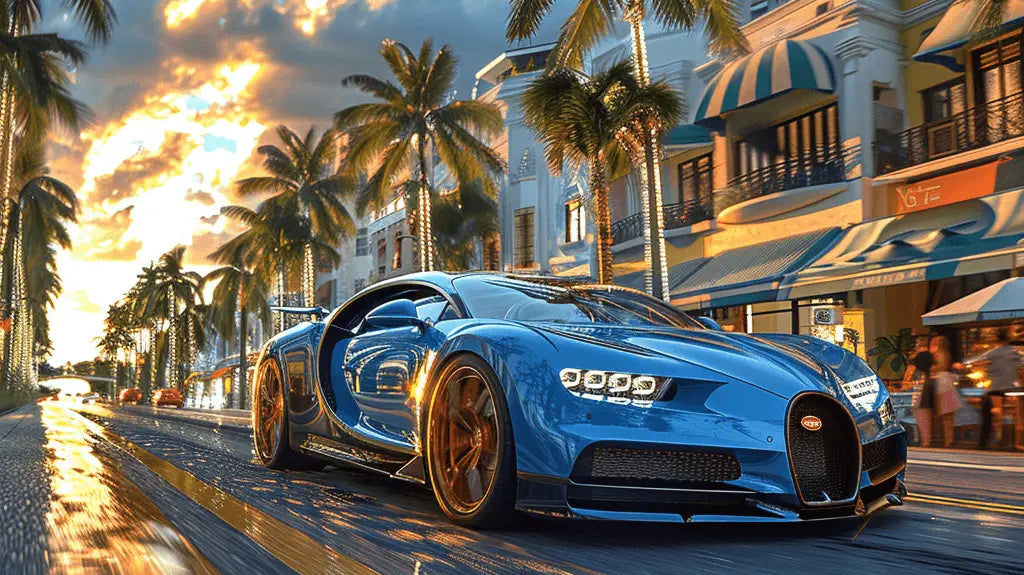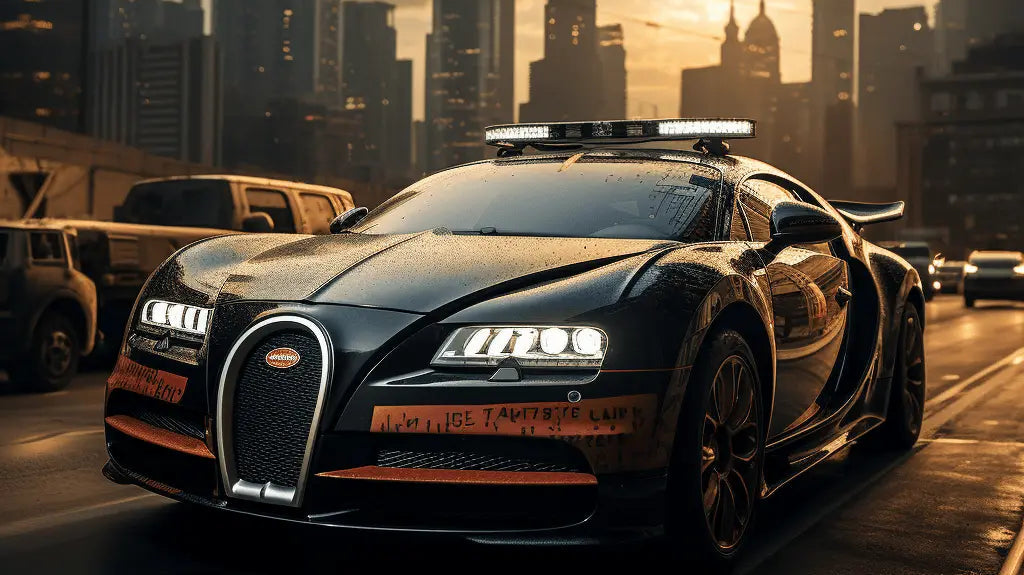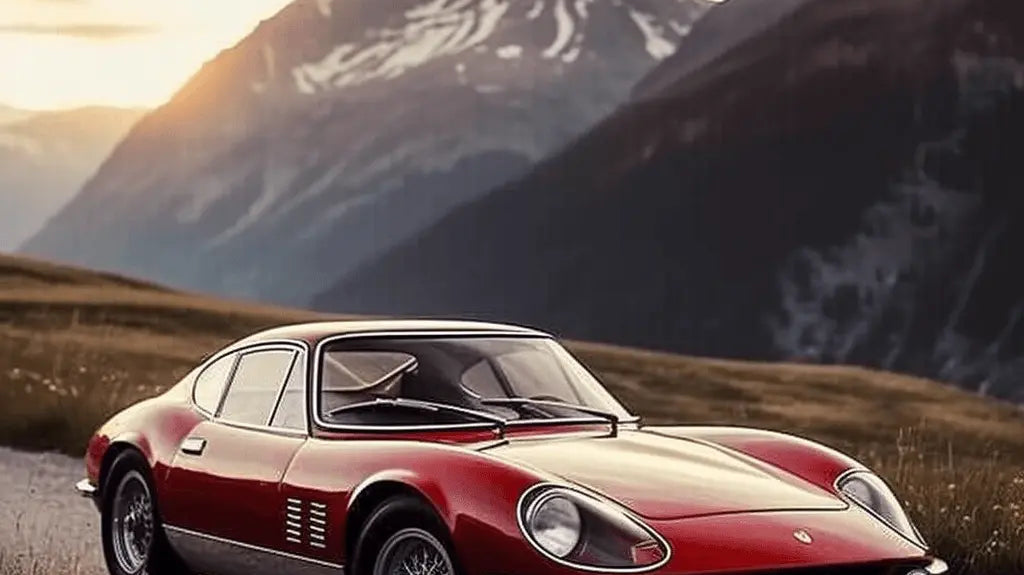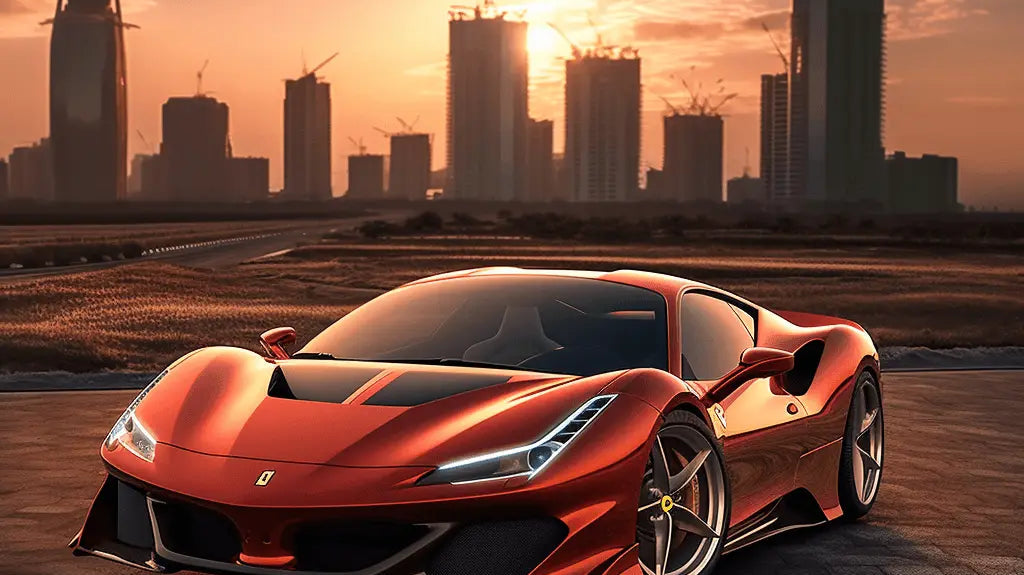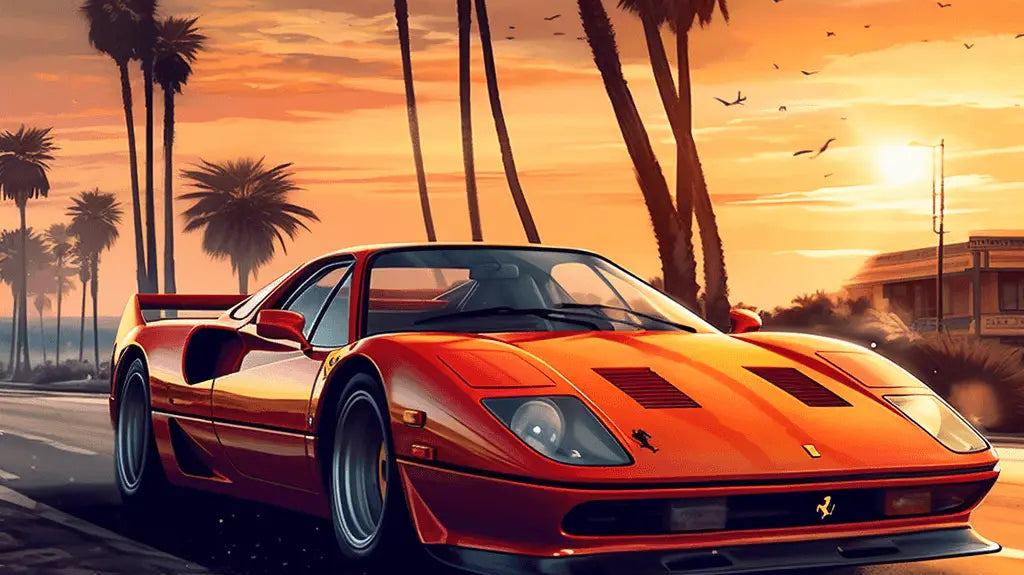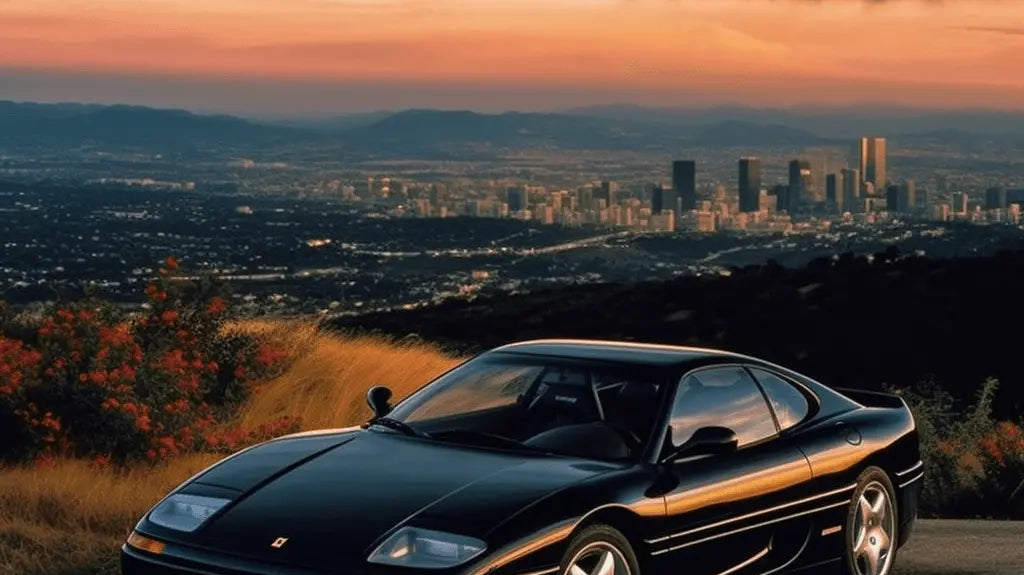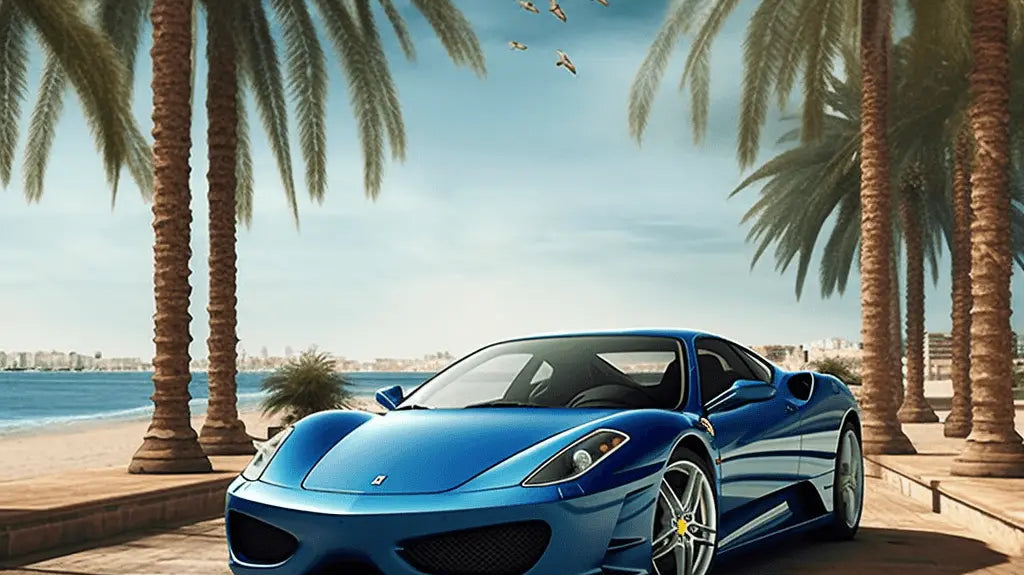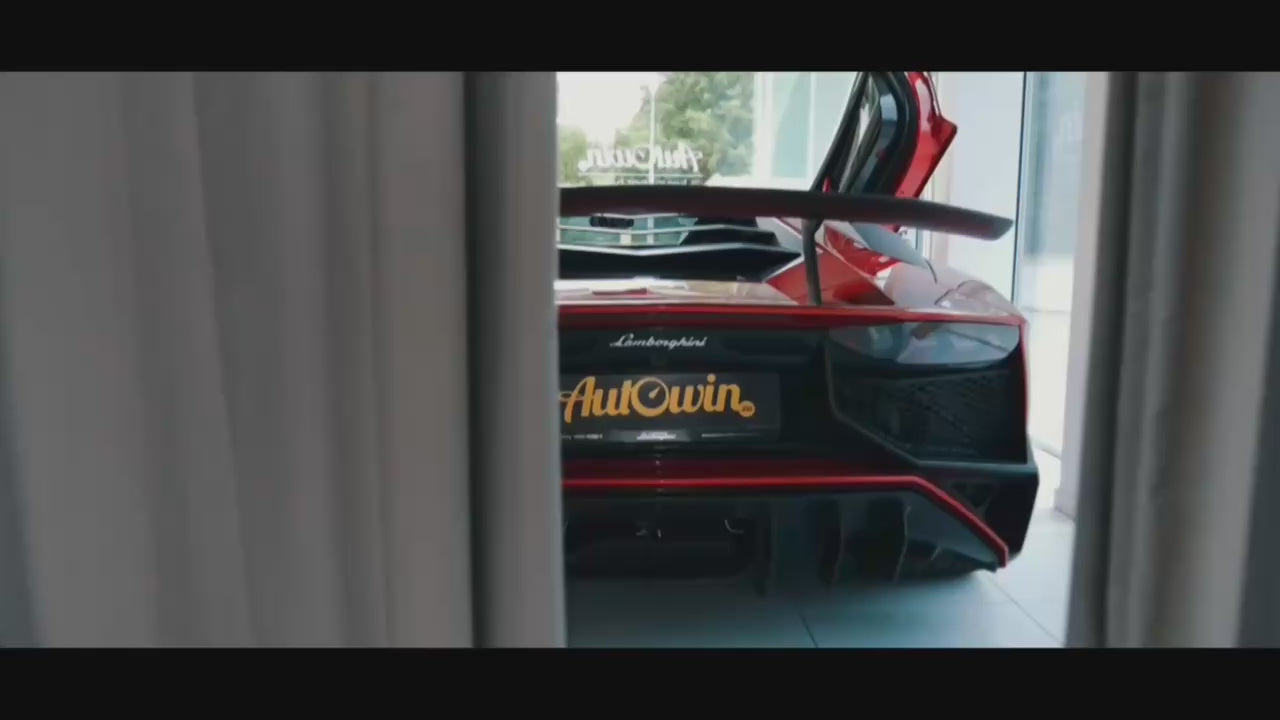The History of the Lamborghini Gallardo: The V10 That Brought Sant’Agata to the Masses
I remember the first time I slid into a Lamborghini Gallardo—a 2005 coupe, yellow of course, with the early e-gear single-clutch. The door closed with a satisfying thunk, the V10 barked awake behind my head, and I thought: this is the one that made Lambos usable without dulling the madness. Over a decade on sale (2003–2013) and 14,000+ cars later, the Gallardo didn’t just keep Lamborghini alive; it created the modern Lamborghini we know today.

Why the Lamborghini Gallardo Mattered
Before the Lamborghini Gallardo, the brand was famous for poster heroes—Countach, Diablo, Murciélago—that were wild, rare, and frankly a bit intimidating in traffic. Then came the Gallardo with a sensibly compact footprint, all-wheel drive (mostly), and—whisper it—a dash of Audi discipline in the build quality. You still got the showmanship (scissor doors were reserved for V12s, but the Gallardo’s clean wedge looked lethal), yet you could use it for a coffee run without a chiropractor on speed dial.
Lamborghini Gallardo: The Specs That Made It Sing
At the heart was a naturally aspirated 5.0-liter (later 5.2) V10, a glorious piece of hardware that revved clean to high heaven and sounded like an F1 car’s sophisticated cousin. Depending on the year and trim, you got anywhere from around 493 hp in the early cars to 562 hp in the LP560-4. Top speed? Up to 324 km/h (201 mph). The sprint to 100 km/h landed as quick as 3.9 seconds in early models—and quicker still in later, lighter specials.
- Engine: 5.0L and later 5.2L naturally aspirated V10
- Power: ~493–570 hp (even more in limited specials)
- Drivetrain: AWD (most models) or RWD in select editions
- Gearboxes: 6-speed manual or e-gear automated single-clutch
- Top speed: Up to 324 km/h (201 mph)
- 0–100 km/h: As quick as 3.9 seconds (quicker in later specials)
In town, early e-gear cars could be a bit grabby—parallel parking felt like teaching a bull ballet. The manual, on the other hand, was a proper delight with a weighty clutch and a mechanical shift action that made every drive feel like a moment.
Design That Aged Gracefully
I’ve parked the Lamborghini Gallardo next to 488s and 911 Turbos and it still cuts a shape—crisp origami lines, low nose, and just enough glasshouse to feel modern. The facelift in 2008 (LP560-4) sharpened the front and rear, while the cabin benefited from Audi’s robustness. Yes, some switchgear will look familiar if you owned an A4 back then, but honestly, that’s part of why these cars feel solid a decade later. The infotainment was… let’s say “of its time”—navigation that makes a paper map seem efficient—but the basics are bulletproof.
Key Variants of the Lamborghini Gallardo
Lamborghini milked the formula brilliantly, spawning a family of Gallardos that catered to different kinds of mischief:
- Gallardo Coupe (2003–2008): The original, with around 493 hp and a choice of manual or e-gear. All-wheel drive, and a comfortable everyday ride by supercar standards.
- Gallardo Spyder: Adds sunshine and a bit more theater. Roof down, that V10 noise is a life event.
- Gallardo Superleggera (2007): Lightened, sharpened, track-leaning special. Carbon here, carbon there, and a more focused chassis.
- LP560-4 (2008–2013): The big refresh—5.2L V10, 562 hp, cleaner styling, and improved e-gear calibration. This is the sweet spot for many.
- LP550-2 “Valentino Balboni”: Rear-wheel drive tribute to Lamborghini’s famed test driver. Tail-happy, more playful, still friendly. Later offered simply as LP550-2.
- LP570-4 Superleggera/Performante: The distilled essence—lighter, louder, a bit more manic. The Performante is the open-top version if you like your track days with sky.
- Final Editions: Think LP570-4 Squadra Corse—limited-run fireworks before the Huracán took the baton in 2014.
Lamborghini Gallardo vs The Usual Suspects
I’ve hopped between rivals on back-to-back tests. The Audi R8 V10 is the rational twin (same heart, softer edges). The Ferrari F430 screams with mid-engined delicacy. The 911 Turbo just demolishes roads like a vacuum cleaner with a driver’s seat. The Gallardo? It sits right in the middle of drama and daily usability—and that balance is why so many owners keep them.
| Car | Engine | Power | 0–100 km/h | Top Speed | Years |
|---|---|---|---|---|---|
| Lamborghini Gallardo (LP560-4) | 5.2L NA V10 | 562 hp | 3.7 s | 325 km/h | 2008–2013 |
| Audi R8 V10 (1st gen) | 5.2L NA V10 | 525–550 hp | 3.9–3.6 s | 316–320 km/h | 2009–2015 |
| Ferrari F430 | 4.3L NA V8 | 483 hp | 4.0 s | 315 km/h | 2004–2009 |
| Porsche 911 Turbo (997) | 3.6–3.8L TT flat-six | 480–530 hp | 3.7–3.3 s | 310–315 km/h | 2006–2012 |
Living With a Gallardo: The Real-World Bits
On rough roads, I noticed the early cars could jiggle at low speeds, especially with the sportiest dampers. Later LP cars rode better—still firm, but not punitive. The steering is hydraulic and feels alive in your hands. Visibility is surprisingly okay for a supercar; you can thread city streets without praying.
Cabin quirks? The seating position is low and a touch offset, and tall drivers might brush the headliner in the Spyder with the roof up. The front trunk fits a weekend bag and optimism. And yes, the original infotainment is hilariously dated. Bring a phone mount. You’ll thank me on a road trip.
Buying a Used Lamborghini Gallardo: What I Tell Friends
A few owners mentioned to me that clutch wear on early e-gear cars is the big one—urban crawling eats them. Make sure the clutch life is measured and documented. Look for thorough service records, front-lift function (if fitted), and updated brake and suspension components on cars that saw track time. The V10 itself is stout, and the Audi influence means electrics are generally reliable.
- Service history > mileage. A well-loved 40,000-km car beats a neglected garage queen.
- Manuals are collectible and wonderfully immersive; e-gear is faster on track once you learn its rhythm.
- Check for front-end scrapes; the nose loves to meet steep driveways.
- Post-2008 LP cars bring nicer calibration and a stronger resale floor.
Conclusion: Why the Lamborghini Gallardo Still Hits Today
The Lamborghini Gallardo bridged the gap between old-school poster chaos and modern, usable supercar. It’s fast enough to embarrass traffic, expressive enough to make every tunnel an event, and robust enough to drive home afterward without a tow truck on speed dial. If you want an Italian exotic that’s thrilling yet approachable, the Gallardo is still an outstanding pick—history lesson and heart-starter in one.
FAQ: Lamborghini Gallardo
Is the Lamborghini Gallardo a good daily driver?
Surprisingly, yes—especially the later LP560-4 and LP550-2. Visibility is decent, the ride is firm but livable, and reliability is solid with proper maintenance. Just plan for limited luggage and the occasional low-speed e-gear lurch in early cars.
Which Gallardo model should I buy?
For all-around use, the LP560-4 coupe is the sweet spot. If you want collector vibes and maximum engagement, a manual—especially a rear-drive LP550-2—is special. Track-curious folks should hunt a Superleggera or Performante with service records.
How fast is the Lamborghini Gallardo?
Top speed is up to 324 km/h (201 mph), and 0–100 km/h can be as quick as 3.9 seconds in early cars, quicker in the lighter 570-hp specials.
What are common maintenance concerns?
Clutch wear on e-gear cars, front bumper scrapes, and aged infotainment. Regular fluid changes, brake service, and suspension bushings keep them happy. The V10 itself is robust when maintained on schedule.
How does it compare to an Audi R8 V10?
The R8 is easier-going and more discreet; the Gallardo is sharper, louder, and feels more exotic. Underneath, they share a lot, but the Lambo’s personality is bolder—and that’s kind of the point.

